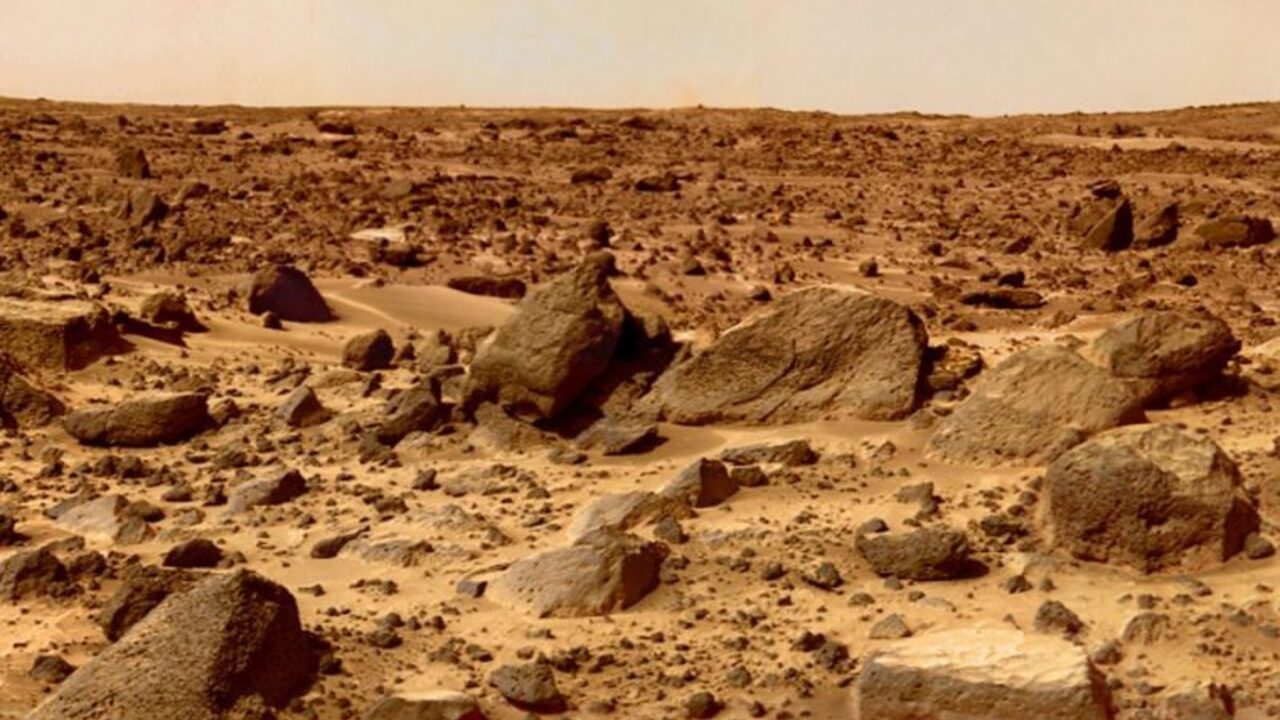The plan of experts from NASA and ESA is to send spacecraft to Mars in the late 2020s to collect soil, atmosphere and rock samples collected by the Perseverance rover. Now this rover is on the surface of the Red Planet. These samples will only reach Earth in the 2030s.
According to experts, the probability of these samples being dangerous to the Earth’s biosphere is extremely small (less than one in a million). For example, meteorites from Mars regularly fall on our planet, but without pollution. In addition, humans are not sure if there is life on Mars, so if a dangerous particle reaches Earth, it is unlikely to be biological.
In addition, NASA and ESA will collect all samples, observing a series of measures. First of all, the material will only be taken from the first few centimeters of the Martian surface. This means that since the surface is exposed to strong sunlight and is often very dry, microorganisms are unlikely to live on it.
After the sample is delivered to Mars orbit, it will be enclosed in one of two pressurized vessels, which will also be heated. He will then enter a “clean cell” that will be sealed and sent to Earth.
The way the rock returns to Earth has also been carefully thought out. Therefore, representatives of NASA and ESA are confident that they are taking all possible measures to reduce the risk of contamination of the Earth’s biosphere with hazardous materials from Mars.
Source: Ferra










